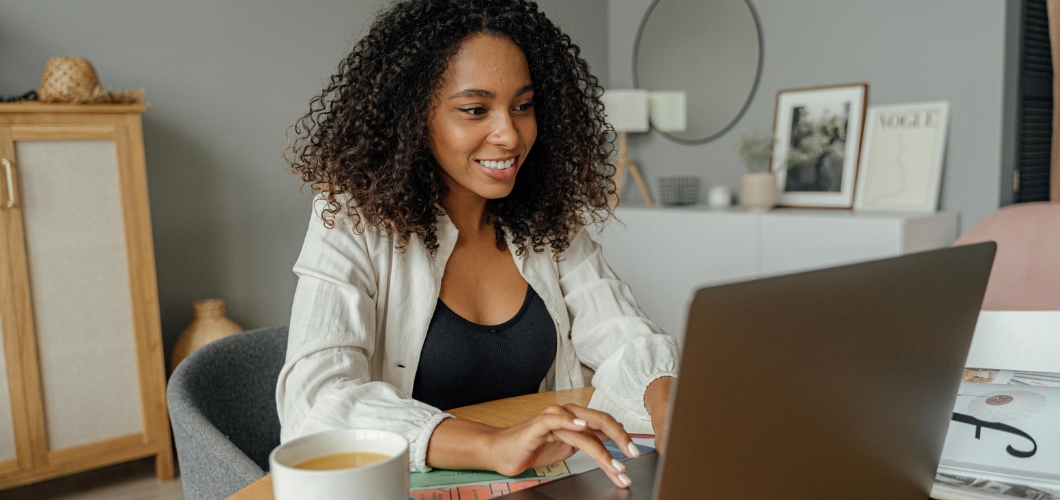The phenomenal entry of AI-generated art, with models like Stable Diffusion and DALL-E 3, ignites a crucial debate in the US: does it undermine human creativity? While the visual outputs are stunning, a closer look reveals a complex interaction between AI and artistic expression, with significant legal and ethical implications.
How AI Creates Art: The Ghibli Trend
AI art relies on deep learning, trained on vast datasets. Diffusion models, for instance, learn to reverse noise, crafting images from text prompts. Recent advancements include improved text-to-video generation and more nuanced control over stylistic elements.
The “Ghibli trend,” a popular phenomenon across US social media, showcases AI’s ability to replicate specific artistic aesthetics with remarkable accuracy. This trend, driven by highly specific prompts and fine-tuned models, highlights the increasing control US users have over AI outputs. We are seeing US based artists and influencers drive these trends, with platforms like TikTok and Instagram as the primary drivers of this trend’s popularity.
The Human Element: Prompt Engineering as Collaborative
Human intervention is critical. Prompt engineering, crafting precise text descriptions, is a burgeoning art form. Skilled engineers guide AI, manipulating parameters. This requires understanding AI capabilities and aesthetic detail. The Ghibli trend, for instance, requires very specific prompt construction to achieve the desired stylistic output, and US based online communities are sharing and developing these prompts. This human-machine collaboration redefines the creative process.
Also read: The Ethics of Neural Networks: Addressing Bias and Fairness in AI Models
Value Proposition: Accessibility vs. Artistic Labor
AI art raises concerns about devaluing human artistic labor, given the ease of generating complex visuals. However, it also democratizes art, making it accessible to those lacking traditional skills. AI can augment professional artists, automate tasks, and enable new creative avenues. Recent tools allow for inpainting and outpainting, where artists can extend or modify existing images with AI assistance, which is becoming increasingly popular in design firms and advertising agencies.
Copyright Conundrums & Legal Developments
Copyright ownership in AI art remains a legal and ethical gray area. Recent US court cases, such as the Thaler v. Perlmutter case, are starting to address the issue of whether AI-generated images can be copyrighted. US copyright law, which requires human authorship, is being challenged by the increasing sophistication of AI. The US Copyright Office is actively seeking public input on this issue, reflecting the growing concern within the US creative community.
Evolving Creativity: Collaboration and New Artistic Forms
The impact of AI art depends on how we define creativity. If it’s solely about producing original, aesthetic works, AI challenges traditional values. However, if we embrace collaboration and innovation, AI expands the creative landscape. The Ghibli trend, along with other style transfer applications popular among US artists, demonstrates how AI can inspire new artistic forms and facilitate cross-disciplinary work.
Intrinsic Human Touch: Emotion and Intent
AI replicates styles but lacks genuine emotional expression and intent. Human artists infuse their work with personal experiences and emotions. This human touch, conveying meaning and evoking responses, is unique. Future directions include exploring AI models that can better understand and generate emotional content, an active research topic. However, the fundamental role of human experience in art remains central.



